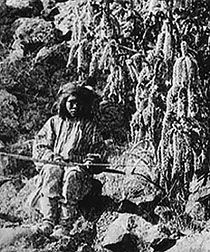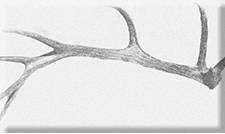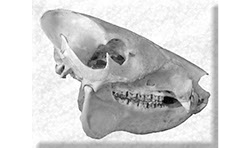arizona archery
arizona record book
record book
big game animals
bowhunting
archery
arizona state records
big game measurers
bowhuntinginarizona.com
big game hunting
arizona
arizona speciesminimum scores

In May 1975, Tom Dalrymple suggested to the executive board of the Arizona Bowhunters and Field Archery Association that they establish a standing committee to develop a records program for Arizona's bowhunters. The board approved the idea and appointed Tom the chairman on July 5, 1975. On November 11, 1975, the first Committee meeting was held.
The Committee spent many hours exploring procedures and rules that would be fair to the hunter while maintaining the credibility of the program. The Committee recognized that every application and every hunter should be accepted as truthful, yet it felt the responsibility to establish procedures to protect the accuracy and validity of the records listings.
Following many hours of discussion and numerous letters and contacts with other programs, the committee set the minimum scores, appointed official measurers, wrote the By-laws, and planned the first edition of the record book. The first measurer’s seminar was held on August 7, 1976. The
Fair-Chase statement was defined and application forms distributed throughout the state.
In November 1976, the first submitted application was approved.
As the program continued to move forward toward publication of the first edition, the record keeping system was perfected and the listings began to take form. The Committee chose to include substantially more information about each animal taken to enhance the value of the listings.
The program became official when the executive board of ABFAA adopted the By-laws on February 18, 1978. Meanwhile, the Committee designed the awards and certificates with the help of wildlife artist Baldimar Garcia. In June 1979, the awards programs were approved. The first edition was distributed in July 1980 at the Arizona Bowhunter’s Association’s Mormon Lake Shoot where two thousand copies sold quickly!
After observing a variety of problems occurring with other programs affiliated with various organizations, the Record Book Committee dissolved their previous affiliation with ABFAA. On July 1, 1980, the Committee filed Articles of Incorporation with the State of Arizona.
Initially, the plan was to publish a record book every ten years. Due to the highly positive response to the first edition, the Committee decreased the time between editions and published the second book in 1985. After publication of the second edition, the Committee realized that publishing every five years did not allow sufficient time between editions. Therefore, the third edition was published after the eighth biennial recording period ended in 1992. All subsequent editions are scheduled to be published every fourth biennial recording period with eight years between editions.
Changes in the program between th e 2nd and 3rd editions included: (1) new categories for Rocky Mountain Bighorn Sheep, non-typical Elk and non-typical Coues Deer; (2) elimination of the double deduction for abnormally wide antlers; (3) an increase in the minimum scores for typical Elk and Desert Bighorn Sheep; and (4) a decrease in the deduction for antlers measured in velvet from five to two and one-half percent.
A few modifications in the program have been made since publication of the 3rd edition. The changes include: (1) a new category for Bison; (2) a new award called the Kaibab Award was authorized to be given to the archer who demonstrates a lifelong commitment to hunting with a bow and arrow and in doing so exemplifies the ideals of skill and determination embodied in the Cochise Award by continuing to hunt every one of the species available in Arizona; (3) a Awards Banquet was authorized to be organized every two years for the purpose of recognizing the Biennial Award recipients.
Changes made since the 4th Edition include: (1) a new category for Gould's Turkey; and (2) a change to the method used to determine an antlered animal's eligibility for Non-Typical.
Changes made since the 5th Edition include: (1) a new category for Rio Grande Turkey; and
(2) a hunter can earn the Kaibab Award more than once, as long as he or she can qualify by taking multiples of each species. This rule was created so that those hunters that have already obtained this lofty achievement will continue to have a goal at which to aim; and (3) the Committee will no longer be accepting the higher score when an animal is panel scored by measurers from both BIA and the Pope & Young. The Pope & Young Panel Score will be the final score unless the trophy was entered into that program as the pending World Record for that particular species. In such circumstances, the Committee may consider the details surrounding the entry to determine if an excessive delay in panel measuring by Pope & Young caused a dramatic change in score, rather than an error by the original measurer. If Pope & Young convenes a special panel for such a trophy, rather than waiting for the normal biennial convention time frame, the BIA will honor the Pope & Young panel score as final.

One of Arizona's
Original Bowhunters
AZ Historical Society Museum
Photo #60405

















